What is Cost of Sales? Understanding This Key Business Expense
Cost of sales is a fundamental concept that every business owner needs to understand. It directly impacts your profitability and helps you make informed decisions about pricing, purchasing, and business strategy. Let's break it down in simple terms.
What is Cost of Sales?
Cost of sales (COS) represents the direct costs associated with producing or delivering your products or services. These are expenses that directly relate to generating revenue – without them, you couldn't make the sale.
Also known as:
Cost of Goods Sold (COGS) for product businesses
Cost of Services for service businesses
Direct costs
What's Included in Cost of Sales?
For Product Businesses:
Raw materials
Manufacturing labor
Packaging materials
Shipping costs to customers
Payment processing fees
For Service Businesses:
Direct labor costs
Subcontractor fees
Materials used in service delivery
Travel expenses for client work
For Retail Businesses:
Purchase price of inventory
Freight and shipping to your store
Import duties or taxes
What's NOT Included in Cost of Sales?
Office rent
Administrative salaries
Marketing expenses
Insurance
Utilities (unless directly used in production)
Equipment depreciation (usually)
Real-World Examples
Example 1: Online T-Shirt Business
Blank t-shirts: $5 each
Printing costs: $3 each
Packaging: $1 each
Shipping: $4 each
Total Cost of Sales per shirt: $13
Example 2: Consulting Business
Consultant's time: $50/hour × 10 hours = $500
Travel expenses: $100
Materials/software: $50
Total Cost of Sales: $650
How to Calculate Cost of Sales
Basic Formula: Cost of Sales = Beginning Inventory + Purchases - Ending Inventory
For Services: Cost of Sales = Direct Labor + Direct Materials + Direct Expenses
Why Cost of Sales Matters
Understanding COS helps you:
Calculate gross profit accurately
Set profitable prices
Control direct costs
Compare profitability across products
Make informed purchasing decisions
Prepare accurate financial statements
How to Reduce Cost of Sales
Negotiate better supplier prices
Buy in larger quantities for volume discounts
Improve operational efficiency
Reduce waste in production or service delivery
Find alternative suppliers or materials
Automate processes where possible
Best Practices for Managing Cost of Sales
Track costs by product line to identify the most profitable items
Review supplier contracts regularly for better terms
Monitor cost trends to spot increases early
Calculate cost percentages to maintain target margins
Keep detailed records for accurate financial reporting
The Bottom Line
Cost of sales is the foundation of your profitability calculations. By understanding and managing these direct costs, you can ensure your business maintains healthy margins and sustainable growth.
Make good with your time by regularly reviewing your cost of sales. Small improvements in direct costs can lead to significant increases in profitability, giving you more resources to invest in growing your business.
